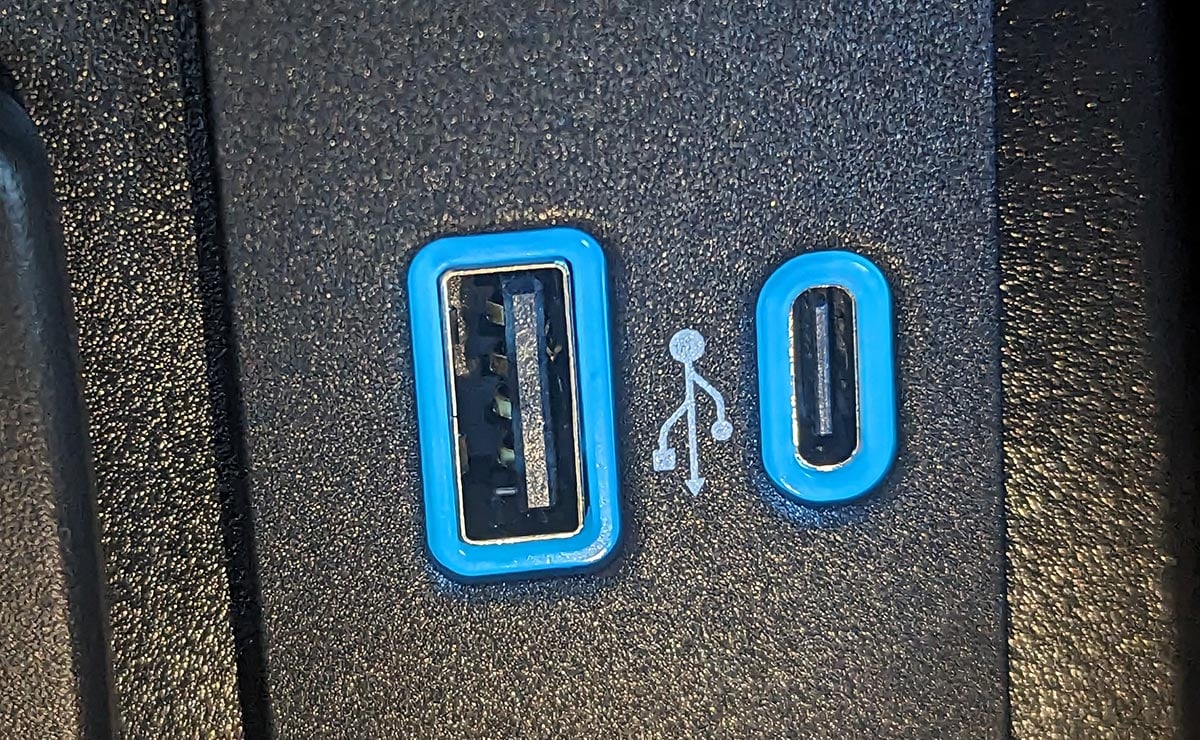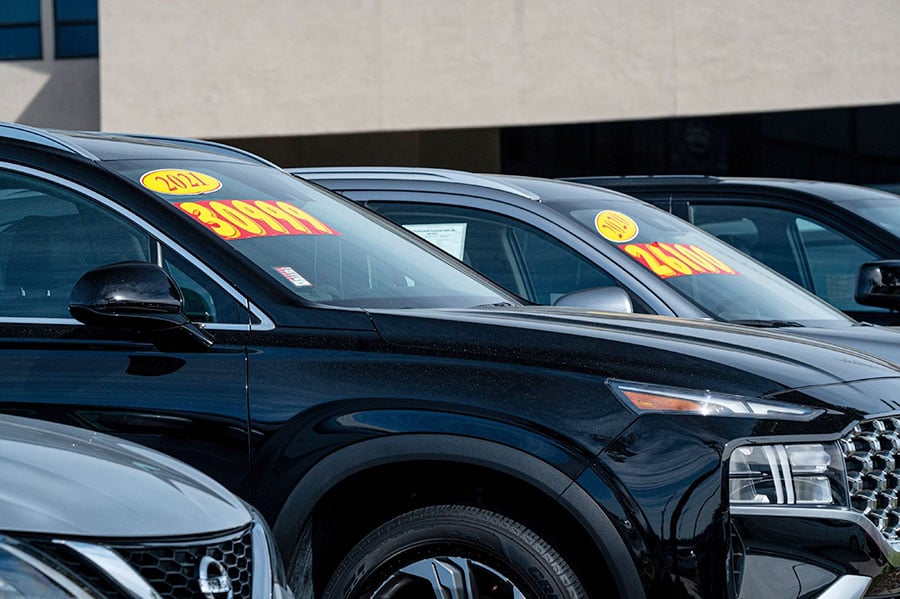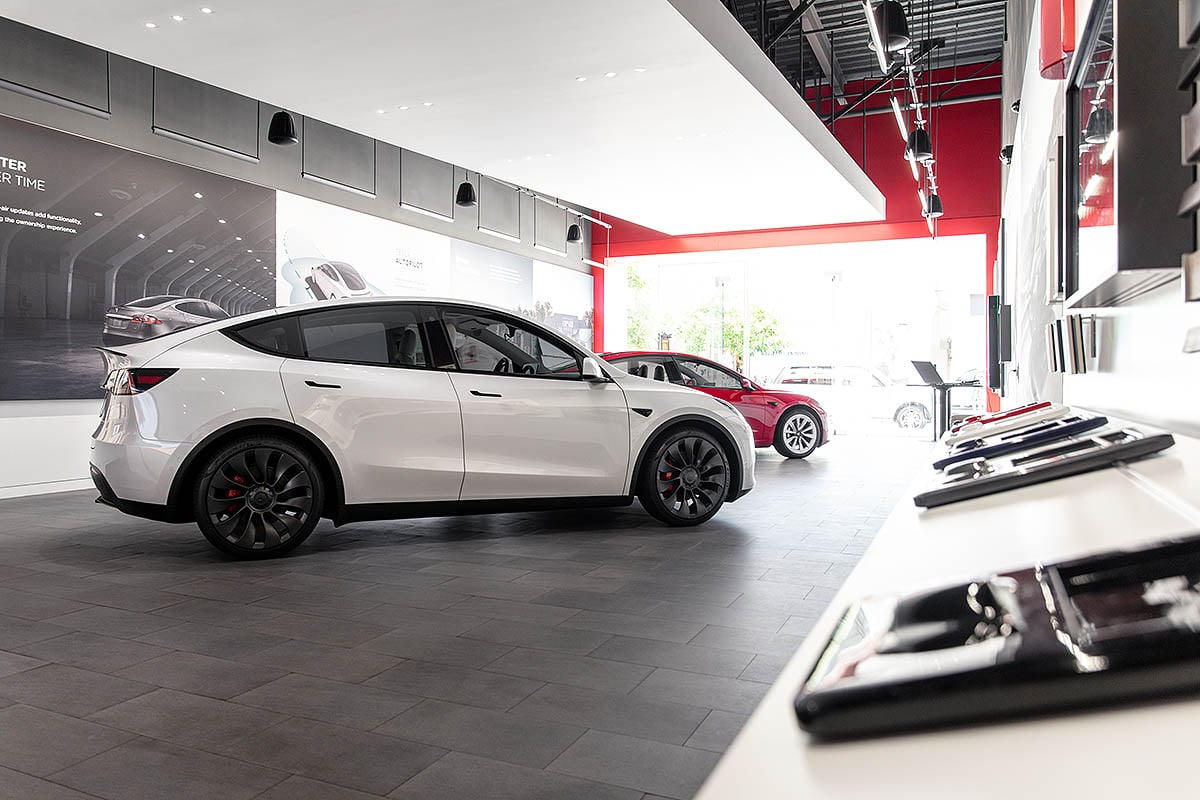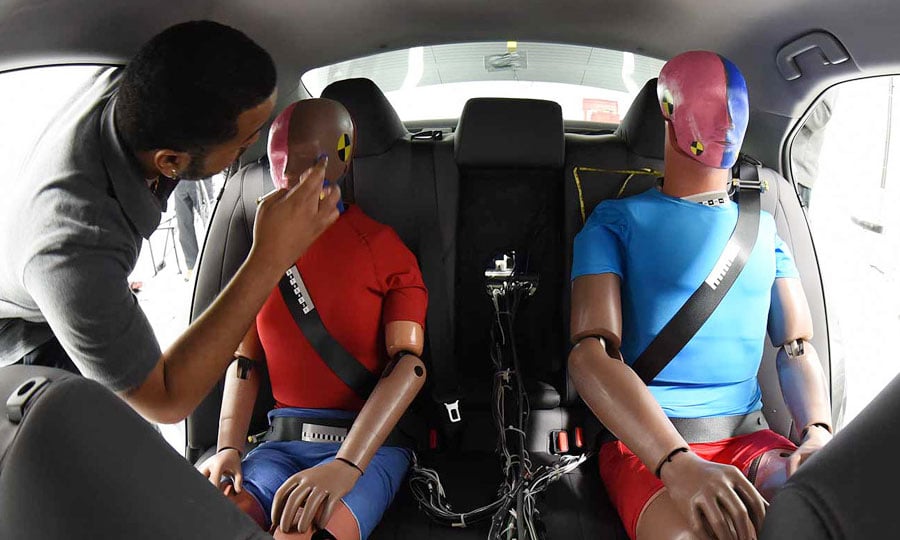| 2 Cs or not 2 Cs? That’s the USB question for automakers |

It wasn’t all that long ago that big-box retailers had to devote dozens of feet of shelf space to stock the proprietary power cords that every electronics maker required to recharge their individual devices. It was an inefficient mess of a system in what was then a wild, fledgling industry. But on the other end of most of that myriad of early cords was the same small, innocuous rectangle: The Universal Serial Bus A, or USB-A.
First developed in 1995, the USB-A helped impose some small bit of order on that chord chaos, and over the next 15 years, its functionality and capacities expanded to deliver at least five — and up to ten — times its original 1.5 watts of power and exponentially more data, up to 15 gigabites per second.
But now 25 years on, the USB-A’s original flaws — its tricky, one-way-or-nothing connection; its data and power limitations; its oversized form in a world of downsized electronics — have made it obsolete. And it’s being replaced across electronics everywhere by the more powerful, more versatile and more forgiving round-edged USB-C, which, by way of comparison, can deliver up to 240 watts of power and 80 gigabites of data per second.
With the auto industry’s much slower product development cycle compared with the tech world, the conversion from the old USB-A to the modern USB-C has seen automakers follow different strategies to try to move into the future while keeping their consumers happy — and connected.
Some, including Toyota and Volkswagen, are all-in on USB-C, rapidly changing over their vehicles to the new standard USB-C connector and consigning those old USB-A connectors to history’s obsolescence dustbin, right next to all those the 8-track, cassette tape and CD players from vehicle generations past.
Other automakers, including the Detroit 3, have adopted a more measured approach, taking advantage of the USB-C’s greater charging and data transfer capabilities, while still offering a USB-A port or two in their vehicles to keep technologically recalcitrant customers from completely losing their cool.
For a device that looks like just a little hole on an instrument panel, center console or rear passenger area, the difference in how automakers have come to deal with USB ports is a fascinating look at how they must view their own customers— one you can learn about on the pages of this week’s Automotive News.
— Larry P. Vellequette, Toyota and VW reporter
 |
|---|

“It’s like a snake that eats something giant. That bulge doesn’t ever really go away. It just slowly moves down the snake. That’s what we’re in.” |
— ISEECARS EXECUTIVE ANALYST KARL BRAUER ON HOW THE GAP IN THE SUPPLY OF USED VEHICLES WILL MOVE DOWN THE TIMELINE. THE SCARCITY IS CAUSED BY THE SLOWDOWN IN LEASING AND NEW-CAR SALES. |
|
From “Dealers get creative to find desirable used cars amid tighter supply” |
 |
|---|
Automotive News Editors’ Picks:

What’s the cheapest way to get a new car these days? New-car shoppers holding back on electric vehicle options because of price concerns may want to rethink their strategy. A study finds that the least expensive way to get behind the wheel of a new vehicle is to lease an electric one. How can that be, with EV price points often still higher than their internal combustion engine cousins? The study, by nonpartisan energy and environmental policy firm Energy Innovation, said EV incentives applied to leased vehicles combined with lower fuel and maintenance costs can save drivers more than $400 per month. That’s vs. leasing a comparable gasoline vehicle or buying an EV or combustion engine vehicle. Automotive News crunches the numbers.

Tide may be turning for tool-and-die sector: Automotive tool-and-die companies have been under intense financial pressure now for years. Slowed tooling orders, a struggle to find and train workers, and the supply chain issues of the pandemic years have combined to roughen the road for the industry. But that may be about to change. The almost unprecedented number of vehicle launches expected in the near future could mean an infusion of billions in the tool-and-die industry in North America, according to a new report. Automotive News looks at the study’s bullish projections for the industry, including just how much base tool spending may grow in the next few years.
Weekend headline
Premier Automotive, partners buy 3 dealerships in California, Texas and Georgia: Troy Duhon and his bustling Premier Automotive Group, along with partners Vincent Castro and Jorge Clue, acquired three new dealerships and expanded into a new state in second- and third-quarter transactions.
 |
|---|
 A pop culture staple comes to an end: A relic of the DaimlerChrysler era, the Chrysler 300’s run comes to an end in December when production concludes so Ontario’s Brampton Assembly Plant. The assembly plant for the car driven by Snoop Dogg and former President Barack Obama is being retooled to build EVs.
A pop culture staple comes to an end: A relic of the DaimlerChrysler era, the Chrysler 300’s run comes to an end in December when production concludes so Ontario’s Brampton Assembly Plant. The assembly plant for the car driven by Snoop Dogg and former President Barack Obama is being retooled to build EVs.

NHTSA proposes rule requiring seat belt warnings for front and rear passengers: The nation’s top auto safety regulator has proposed a rule that would require automakers to equip vehicles with seat belt warning systems for front and rear passenger seats to establish consistency and improve seat belt use. The proposed rule would amend a federal regulation for occupant crash protection that mandates visual and audible alerts for the driver’s seat.

GM to close Arizona IT center, eliminating 940 jobs: General Motors is closing its IT Innovation Center in Chandler, Ariz., in October. It’s one of four such facilities the automaker operates around the country.
 |
|---|
|
|---|
 |
|---|
 |
|---|
 |
|---|
Aug. 29, 1876: Charles Franklin Kettering, the American engineer and longtime director of research for General Motors, is born in Loudonville, Ohio. Of the 140 patents Kettering obtained, perhaps the most notable was his electric self-starter for the automobile, patented in 1915.

